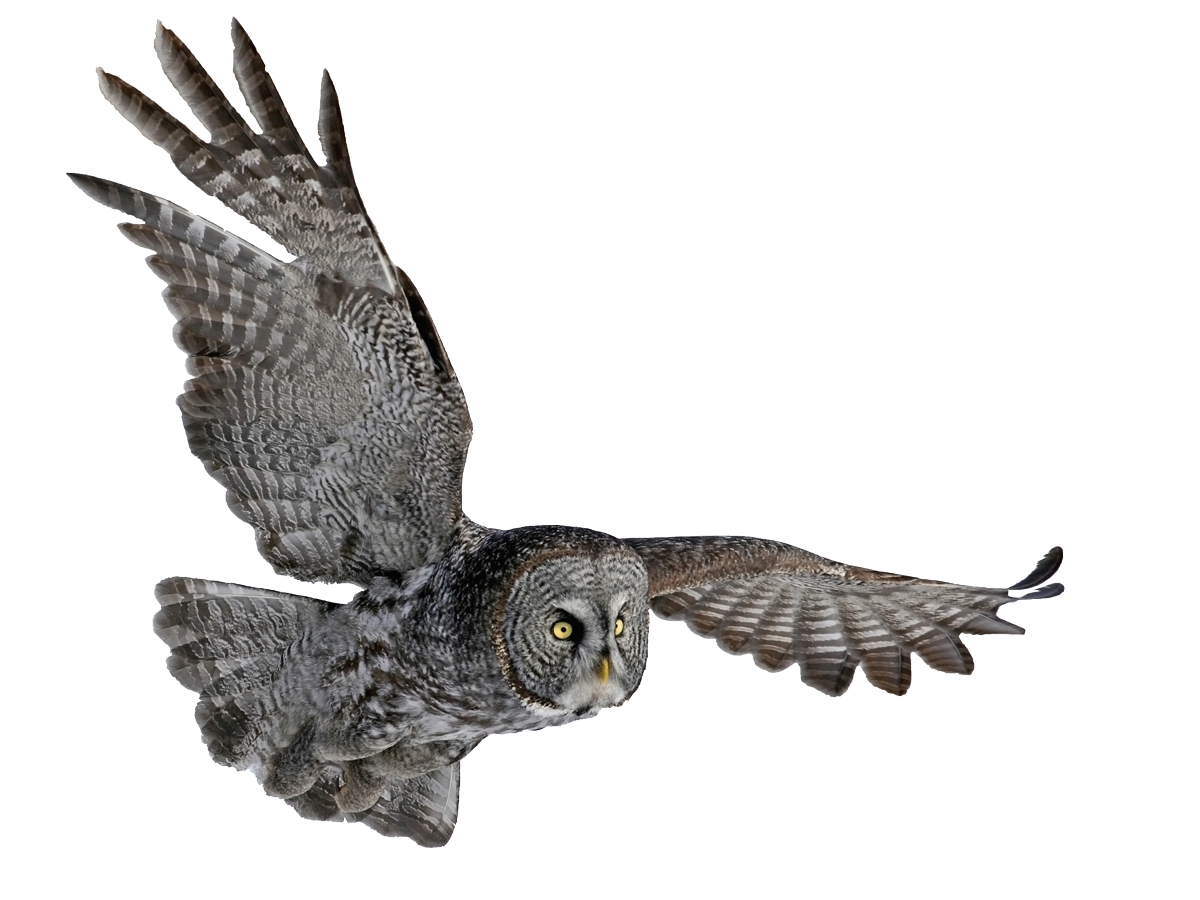
Contact us
Cockroaches
There are about 4 000 cockroach species worldwide, of which only about 20 are synanthropic, but according to research, they can carry about 500 disease-causing micro-organisms.
The average cockroach population size is more than 15 000 individuals. Cockroaches are not only a cause of contamination of foodstuffs and surfaces, the spread of disease, but also of allergic diseases. About 10⎯15% of people are allergic to cockroaches.
In Lithuania, three species of cockroaches are found in apartments, food processing plants, offices and other places where people create a warm and humid environment: the German cockroach, or ye brown, the American cockroach and the black cockroach. Cockroach species that live in forests are not classified as pests because they do not cause damage to people or their property.
Why it is a pest?
They contaminate food and the raw materials used to produce it, as well as surfaces where people or their food comes into contact.
They are vectors of allergic diseases.
Which areas are relevant?
- Public health
- Home
- Food industry
- Wholesale and retail outlets
- Logistics centres
- Storage areas for foodstuffs and their raw materials
- Catering establishments
- Accommodation service companies
- Hospitals and other health facilities
- Shipping
What do they harm and who do they harm?
- Open foods
- Stored produce, feed and raw materials
- They undermine the image of companies
Key attributes
One female brown cockroach lays about 150⎯200 eggs in total. The incubation period for eggs is lowest in brown cockroaches ⎯ about 17 days. The incubation period is almost twice as long for the more thermophilic species (black and American cockroaches).
The average development time of cockroaches ranges from 54 to 800 days. Brown cockroaches are the earliest to reach the adult stage. Longest development time is for black cockroaches (206⎯800 days). Life expectancy depends mainly on the ambient temperature and the amount of food available.
Cockroaches are not community insects, but are very often seen in large groups. This is due to aggregation pheromones in their faeces.
They choose places with plenty of food, water and hideouts. Brown cockroaches usually hide in cracks and gaps about 0.5 cm in diameter. Double walls and walls covered in planks are often cockroach-infested areas where control procedures are particularly difficult.
Cockroaches are most often found in kitchens (plenty of food and water, places to hide), bathrooms and toilets (available water and hiding places).
When insects are visible in other rooms or during daylight hours, it is likely that the cockroach infestation is very high.
Brown cockroaches are active at night and at dusk.
They crawl well on smooth surfaces (glass, etc.).
They eat only soft and moist food. They are omnivores: can eat paper, leather and similar organic materials; favourite foods: potatoes, beetroot, carrots, various fruits, bread, chocolate, flour, honey, sugar. They can survive without food for 6 weeks.
The optimum temperature for development is ⎯ about 25-32 ºC; at temperatures below ⎯4 ºC or above 40 ºC, they die within 12 hours.
They hide in dark, warm and usually humid places: behind or under refrigerators and kitchen cabinets, aquariums, between double walls, in cracks, in cavities in electrical equipment, in electrical panels and similar areas.
They live in hotels, restaurants, cafés, shops and care centres where food is available. In the warm season, they can move into garbage dumps next to buildings.
Black cockroaches are active at night.
They have more difficulty crawling on smooth surfaces than the brown variety.
They are omnivores: can eat paper, leather, etc. They can survive without food for 3 weeks.
The optimum temperature for living is 25 ºC.
Hiding: Hiding: basements, sewers, etc.
They transfer germs and spread an unpleasant odour from the dorsal gland.
They spread from the infected site to adjacent habitats. Spread by transporting household items, equipment, containers, and food supplies.
American cockroaches are active at night.
Food: omnivores; can survive for about 5 weeks without food.
The optimum temperature in their living environment is 25⎯33 ºC; become active when the ambient temperature rises above 21 ºC.
Hiding: in dark, warm, damp places (behind and under kitchen cupboards, near heating equipment, hot water and sewer pipes).
They spread through international commercial transport of food commodities.


